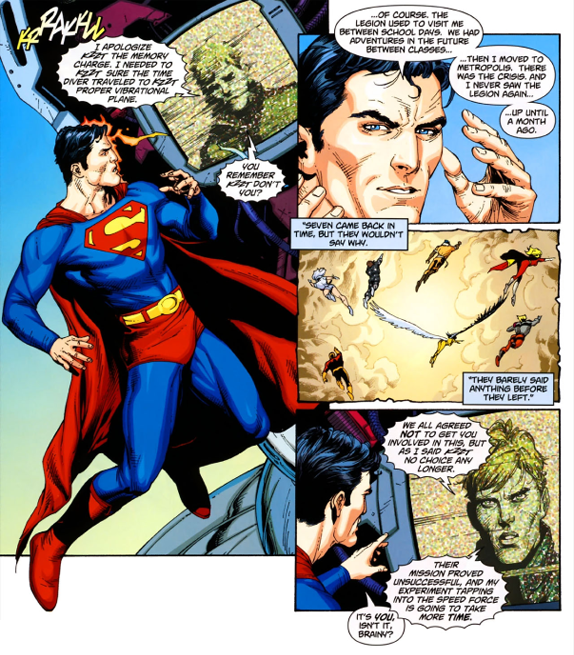Happy Birthday Roger Tory Peterson
Thursday, August 28th, 2008Today is the 100th birthday of the man who did more than any other to invent birding as it exists today. Among other achievements he invented the modern field guide and the big year.
Today is the 100th birthday of the man who did more than any other to invent birding as it exists today. Among other achievements he invented the modern field guide and the big year.
Elegant Tern is an embarrassing bird for me. Hundreds breed at Bolsa Chica. They are common in flight up and down the coast, and occasionally show up almost in my backyard at Upper Newport Bay and San Joaquin Wildlife Refuge. I’ve seen them repeatedly as far back as 2005 on my first trip to Orange County; and until now, every single time I’ve misidentified them as Royal Tern (a much less common bird out here).
I finally realized my mistake this past Spring, and have paid somewhat more attention to large terns since. However I didn’t get back out to Bolsa Chica to correct my mistake until just this last weekend, and there they were, dozens of Elegant Terns just sitting there with all the Western Gulls, Forster’s Terns, and even a couple of Gull-billed Terns:

Fall migration is kicking into high gear. I’m not sure if I should target something next, or just spend a lot of time at the shore. A juvenile Black-chinned Sparrow has been reported at San Joaquin. Maybe I’ll spend some time looking for that.
From Jim Carlton’s Apple: The Inside Story of Intrigue, Egomania, and Business Blunders (1997):
The bottom line, I feel, is that Apple can’t make it on its own. This much was evident to John Sculley when he was running around the world in desperate search of a merger partner, as it was belatedly to Michael Spindler. Surely Amelio’s successor will realize that, too. I believe it is simply a matter of time — perhaps even by the end of this year — that he or she will take the merger path trod by Sculley and the others. Likely partners could include consumer electronics giants, such as Sony and Philips, or telecommunications companies, such as AT&T and MCI communications.
But, in my opinion, the most likely scenario is a friendly merger with an electronics conglomerate such as Phillips or Sony who will still find value in the global recognition of the Apple brand name. With the rapid convergence of computers, telecommunications, television, and entertainment, a company like Sony could slap the Apple name on any number of consumer Electronics Products such as digital-video-disc (DVD) players and television set-top boxes. The deep pockets of the Sony would also permit Apple to continue funding the R&D necessary to retain its marketing desktop publishing.
Another possibility would be for one of the telephone giants to gobble Apple up, as a strategy to better leverage their communications technology. Indeed, AT&T had been poised to acquire Apple the waning days of Sculley’s administration. The “telcos,” as they are known, possess a key piece of the digital puzzle: telephone lines by which to hook together computers so they can communicate over the Internet and corporate Intranets. The addition of Apple Computer to a company such as AT&T or MCI would provide it access to a big customer base of Macintosh users to which it could sell such devices as smart phones, or portable phones with computer features, and set-top boxes for consumers to navigate the Internet via the television.
Finally on this front, there’s the possibility that Oracle tycoon Larry Ellison will make good on the takeover plan for Apple he had floated in early 1997 as a trial balloon. I personally believe this is unlikely, because I feel that Ellison, despite his new role as an Apple board member, really doesn’t want to be saddled with Apple’s problems. Ellison is highly unpredictable, though, and his obsession with defeating Bill Gates could prompt him to undertake an Apple takeover after all. Show that come to pass, Ellison certainly would have the credentials to lead Apple, having overseen Oracle’s rise to dominance the database offer market. And he surely would have the blessing of his close friend Steve Jobs. Ellison’s presence wouldn’t change a market fundamentals arrayed against Apple, but he sure would cut an impressive figure in the company’s fabled quarters, zipping from meeting to meeting with his finely tailored suits and or a supreme confidence.
In any kind of a merger, cultural differences between Apple and its new parent are likely to be quite glaring. Phillips was believed to have dropped its consideration of Apple in 1996, for instance, because of that company’s concern over the differences between the buttoned-down culture of Europe and Apple’s freewheeling one in California. To remedy that problem any partner is likely to preserve Apple’s spirit of creativity as much as possible in the hope of not killing it. Apple, therefore, would operate under fairly loose rein while at the same time being forced to be accountable.
This was the successful strategy employed by Intuit, Inc.’s highly regarded chairman, Scott Cook, when his maker of personal finance software to acquired tax-preparation software giant Chipsoft, Inc. In 1993. Faced with the reality that few big technology mergers worked well, because of cultural problems, Cook kep t Chipsoft substantially intact. The former Chipsoft, operating out of its headquarters in San Diego, continued turning out market-leading tax software such as the TurboTax program, contributing mightily to the bottom line for Intuit half a state away in Silicon Valley.
I seriously doubt whether Apple will get anyone to pay very much in a merger, given its problems. At this writing, Apple’s stock was hovering near $17.00, or roughly the book value the company’s assets. When Amelio lobbied to take charge of Apple himself, rather than sell it to Sun, I believe he did so with the notion he could execute a short-term turnaround that would drive the stock price back up to more palatable level for merger, such as in the range of $30 to $40. But Amelio told me the problems encountered as CEO were far worse than he realized as an Apple director; he had no idea, for instance, that the company was so close to running out of cash.
The next likely scenario, should the merger course not be taken, would be for a substantial equity investment in Apple by either a single company, such as Motorola, or coalition of investors in the Macintosh industry. There’s ample precedent for this course of action in rescuing troubled computer companies. The former Packard Bell Electronics, Inc., for instance, was in danger of going belly up when NEC helped shore up the balance sheet by taking a 20% equity stake in 1996 that, with additional investments since, can increase to 48% over time. For now, Packard Bell CEO, Beny Alagem, is still running the show, but that could change. His company is now called Packard Bell NEC. AST Research, Inc. It was bailed out by Korea’s Samsung Group, but at the price of its own independence. AST was a once-thriving PC manufacturer that crashed and burned after missing several product transitions, forcing it to turn to Samsung for massive cast infusions that ultimately resulted in Samsung taking over the Irvine, California, company.
I believe an equity investment would occur in Apple’s case should Amelio’s successor be unable to stem the tide of red ink and find no one in the wings right to take the company over. In that case the Macintosh market remains big enough—with more than 25,000,000 users worldwide—that someone is bound to step forward to keep the ship from going down for good. Motorola is a possibility, as well as the Mac cloner Umax Technologies of Taiwan. Apple then, however, would operate under close supervision by its equity partner without the freedom it enjoyed before. Of course it is almost the dawn of a new century and the computer industry is grown so big that an increase in the require structure, not freedom.
Another possibility is that Apple’s Board will resurrect Sculley’s old plan to break Apple in two, creating separate companies for hardware and software. The hardware company, freed of the ball and chain of having to support software development, which focus just on making computers, oh software company could operate as a mini Microsoft. While Amelio was in power, this was not a likely prospect because it steadfastly insisted there was more value in keeping the hardware and software parts ample together. With him now the picture, though, this scenario becomes a very real possibility. Certainly, if the Mac cloners of Motorola, Power Computing, and Umax could step in to assume the responsibility over Apple’s hardware business.
The caveat in all of these predictions of Apple’s future is that the company has surprised the industry many times before and may well pull rabbit out of the hat to remain intact and preserve its independence. It could also dazzle everybody with some amazing new breakthrough. The company was given up for dead by someone that stumbled in 1985, only to rebound greater than ever.
But the PC industry then was a more forgiving place, unlike the cutthroat environment of today. And, more important, Microsoft and Intel had not yet solidified their lock over the business, as they have to date. The Wintel market forces are just too overwhelming, I believe, for Apple not to be forced into a merger with a stronger partner. It could well eke out a living for few more years on its own, but given the fact that profits will remain under severe pressure Apple would not have enough money left over to invest and much more than appealing to a declining market of Macintosh faithful. And since the very foundation of the company industry is predicated on growth, Apple’s independent ability to attract enough software support to sustain its platform over the long term is very much in doubt.
To avert the seemingly inevitable loss of its independence, Apple, in short, needs more than a few breaks. It needs a miracle.

Idaea occidentaria – Hodges#7117
Casper’s Wilderness Park, Orange County, California, USA
June 29, 2008

Australian Tortoise Beetle Trachymela sloanei
William R. Mason Regional Park, Irvine, 2008-08-03
This is an introduced species that feeds on the equally non-native Eucalyptus tree. It’s a little bigger than a ladybug.

So apparently there now was a Superboy? Kal-el did start getting his powers at or before puberty? And he did hang out with the LSH in his early days? How many complete retcons does this make now? 5? 6? 7?
The Legion was one of the first books I read starting somewhere before issue 200, and I kept at it through some of the bad times (Legionnaires, anime-art) right through Legion Lost, after which point I just completely lost the plot and was never able to pick it up again.
(more…)